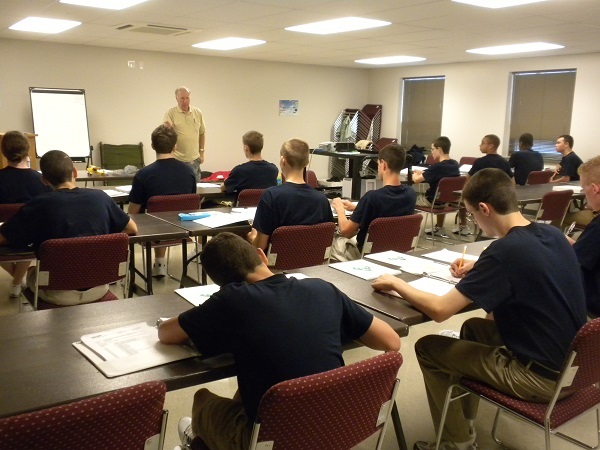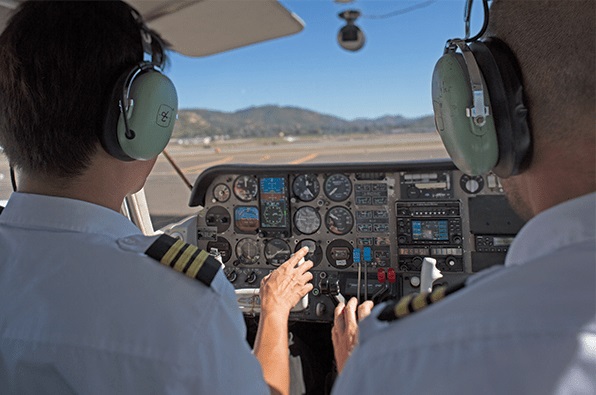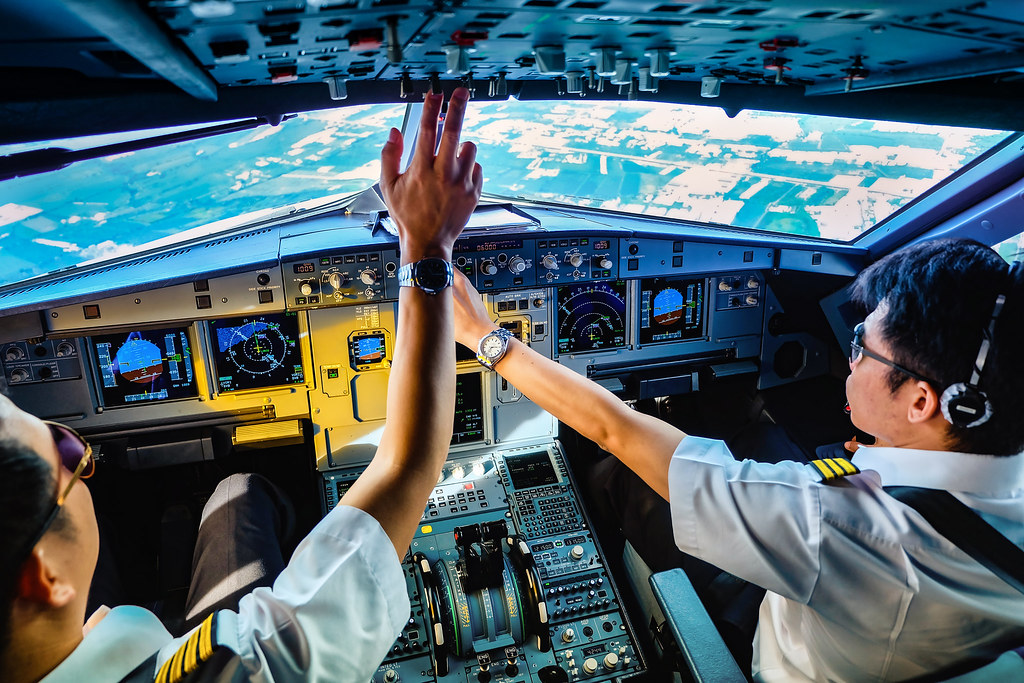
Piloting is a profession. Professions come with certain demands. These are the educational demands of the piloting profession. We will look at other aviation vocations, such as mechanics and air traffic controllers in futures blogs.
Definition
Webster’s defines a profession as, “a calling requiring specialized knowledge and often long and intensive academic preparation”. We speak of the medical profession because the vocation of doctor or nurse is a profession, doctors and nurses are professionals. We speak of the teaching profession because teachers are professionals. It leads in turn to the aviation profession. There are professional aviators. So, what are the hallmarks of a professional or a profession?
Hallmarks
A group of public policy advocates listed some of these characteristics of a profession. A profession requires great responsibility where carelessness or neglect can cause great harm to others. Professionals are accountable to others for the quality of their work. A profession is based on specialized theoretical knowledge that is peculiar to the profession and often outside the scope of knowledge of those outside of the profession. Finally, professions require a great deal of practical, hands on and in depth training by senior members of the profession to those new to the profession. These hallmarks certainly apply to the piloting profession.
First Steps in the Piloting Profession
The pilot profession begins in the civilian world with what is known as ground school. This is done at either an FBO (as described in Session 11 of Doctor Aviation) or a civilian flight school. In ground school the student learns the basics of flight controls, airspeed etc. Once they pass their ground school, they begin inflight training. The student is introduced to takeoffs, flight maneuvers such as slow flight and steep turns and approach/landings. Generally, after about 20 hours of flight instruction, with the endorsement of the flight instructor, the student is allowed to solo the aircraft around the traffic pattern of the airport.
Eventually the student is prepared for their checkride which can be considered a final exam. They take flights with an FAA flight examiner who supervises and grades the flight. The examiner requires the student to perform certain maneuvers (e.g., slow flight) within certain parameters. Oral examination/questioning is also part of the process. Once the student passes the check ride they are awarded their pilot license.
Advanced Education
Once a pilot has obtained his/her pilot license they can go on to earn other certifications. For example, their instrument rating (the ability to fly in weather and clouds through the use of instruments), their multi-engine rating (to fly aircraft with more than one engine) and their CFI (Certified Flight Instructor rating). All of these ratings require further education and training and are also “sanctioned” by a checkride with a flight examiner.
Often pilots aspire to fly commercially, either for a regional carrier or one of the major airlines (e.g., Delta, Southwest). To qualify to fly for the airlines a pilot must accrue 1,500 hours of flight time. Many pilots do so by instructing new students pilots as flight instructors. This allows them to build hours while someone else (i.e., the student) pays for the flight time. This process is explained more completely in Doctor Aviation Session 12.
Continuing Education
I have several friends who are public school teachers. Each year they must obtain Continuing Education (CE) credits in order to maintain their teaching license. School students love this concept because they often get a day off school while the teachers do “In Service’ training.
In a similar fashion, doctors and nurses attend medical conferences to learn the latest techniques and advancements in medicine. Imagine a doctor who earned his medical license before the advent of orthoscopic surgery. The surgeon practiced medicine for 40 years and never learned how the new technique of orthoscopic surgery. We would be aghast.
Pilots must also be taught the latest advancements in aviation. Over the last 20 years this has included the use of GPS (Global Positioning System) which helps with navigation through the use of satellites. Prior to this, pilots were more dependent on land based navigational aids such as VORs.
Airline pilots get this recurring training in a variety of ways. They include some combination of a trip to the airline’s simulators where they are drilled on emergency procedures such as a loss of an engine on takeoff. They also get checkrides with check airmen on a regular basis to ensure that they are operating in a safe matter. These checkrides are conducted both in the simulator and on the aircraft. The aircraft check rides can cover multiple days.
Conclusion
Aviation is a profession. Piloting is a professional. Pilots should be professionals. To be a professional demands a certain level of education. We at Doctor Aviation feel that our Doctor Aviation is a great first step down this path to becoming a professional pilot. Begin the journey by learning how the Wright Brothers started the profession with the Wright Flyer.




